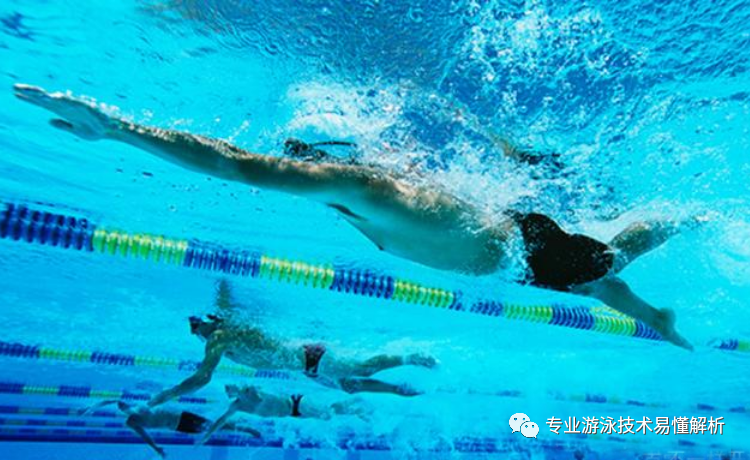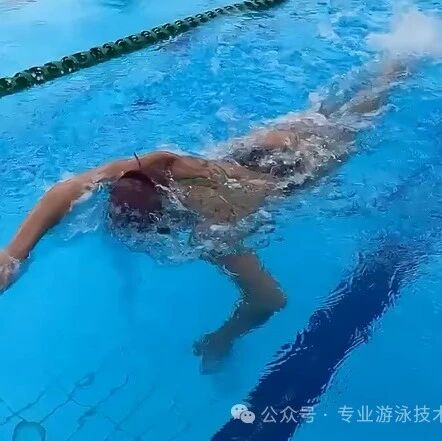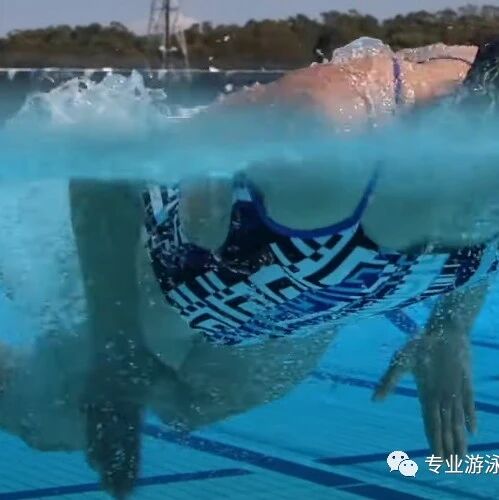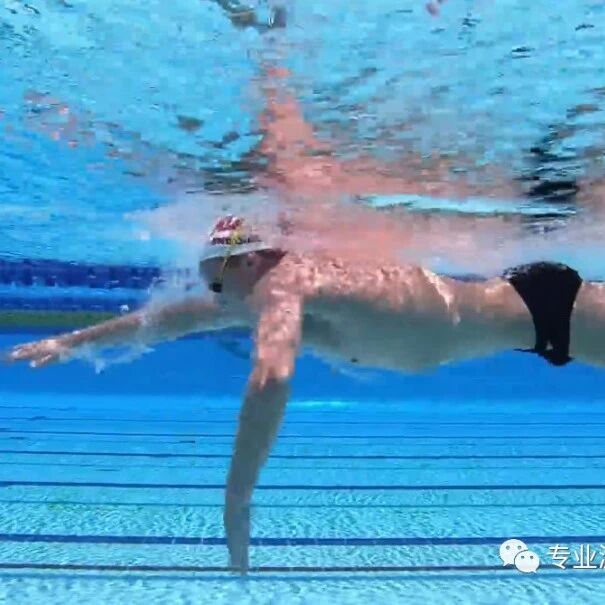For now, let’s put aside the dazzling array of swimming tutorials and focus on finding a practice method that suits you best.
For friends who are teaching themselves how to swim, finding a method that works best for you is crucial. Yet, with countless swimming tutorials and demonstration videos available online, it can be tempting to grab any one of them as a reference for self-learning. However, without careful selection—like trying this great technique today and copying that one tomorrow—you’ll only end up wasting both time and energy. So, here are some tips on how to effectively search for and choose the right practice materials and videos.

1. The fully immersive swimming approach is the most effective method for adults learning to swim.
Most people learn to swim to improve their fitness and enjoy it as a recreational hobby, rather than aiming for professional competitive swimming. In this regard, the Total Immersion swimming philosophy is perfectly suited for adults looking to teach themselves how to swim. Beyond that, there are also excellent swimming practice systems like Smooth Swimming and the Front Quadrant approach. Professional swimming coaches each bring their own unique teaching styles and methods, tailoring personalized swimming skill and fitness training programs based on athletes' physical conditions and natural talents. These programs, however, prioritize athletic performance as the sole measure of success. Therefore, as casual swimming enthusiasts, you can draw inspiration from these tailored training plans—but avoid directly copying them for your own use.
2. Once you've chosen a system, don't change it lightly.
All swimming training systems stem from breakthroughs in swimming theory and improvements in training methods—there will always be commonalities among them, though the specific exercises and emphasis may vary. As the saying goes, "All roads lead to Rome." Whether you choose traditional competitive swimming training or the immersive full-immersion approach, once you’ve committed to a method, it’s crucial not to switch around too easily. Instead, stick with it consistently until you master it thoroughly. As you deepen your understanding of swimming principles during your practice, you’ll naturally begin to appreciate the unique strengths and advantages of other training systems. However, these insights shouldn’t become an excuse to frequently change your learning approach. For instance, someone studying English might keep jumping between different methods—sometimes using Xu Guozhang’s materials, then switching to "Walk Around America," and later trying the "New Concept" method. But this inconsistent, piecemeal approach will inevitably hinder their progress. Similarly, once you’ve chosen a particular swimming methodology, what truly matters is regular, hands-on practice in the water—rather than endlessly comparing yourself across various resources, tutorials, or instructional videos. After all, until you step into the pool and experience swimming firsthand, any comparisons remain blind and inconclusive.
3. Don’t blindly believe that one particular method can continuously help you improve yourself.
A popular article online, penned by a world-class professional swimming coach, critiqued the "Total Immersion" swimming method, dismissing fish-style training as nonsense. The coach openly expressed his skepticism toward the approach, warning that it could actually harm athletes with natural swimming talent—arguing that swimming should primarily focus on relentlessly improving competitive speed. This critique sparked significant debate, prompting the founder of Total Immersion to respond directly with a detailed article of his own. In his reply, he clarified that Total Immersion was never intended for elite competitive swimmers but rather aimed at adult recreational swimmers and triathletes looking to refine their long-distance swimming techniques—ultimately aiming to make swimming more accessible and enjoyable for everyone. He emphasized that competitive swimming training wasn’t part of the program’s core expertise. Some competitive coaches, however, took issue with this perspective, suggesting that Total Immersion’s innovative focus on reducing drag and enhancing efficiency could still offer valuable insights—and even serve as a useful reference—for refining training methods used by professional athletes. Ultimately, for casual swimming enthusiasts, the most effective approach is simply the one that feels right and suits individual needs. After all, comparing different swimming methodologies without considering the specific goals or contexts of each swimmer is often a futile exercise.
So, before diving into self-taught swimming, it’s crucial to first clarify exactly what swimming results you’re aiming for—and what you hope to achieve through swimming—before seeking out the right resources or finding a coach who suits your needs. Self-learning to swim is essentially a journey that moves from "What?" (what actions to take) to "How?" (how to execute those actions) and finally to "Why?" (why these techniques matter). By following this structured approach when researching and practicing in the water, you can achieve impressive learning outcomes.
Related Articles

Improve your body rotation to activate the freestyle swimming mode.

Learn about the history and origins of butterfly swimming, and get ready to start mastering the butterfly stroke.
